Mysterious and majestic, owls have captivated human imagination for millennia with their silent flight, haunting calls, and piercing gaze. These remarkable nocturnal predators represent some of nature’s most specialized hunters, with extraordinary adaptations that allow them to thrive in darkness. From their rotating heads to their specialized feathers that enable silent flight, owls possess a fascinating array of traits that have helped them succeed across diverse habitats worldwide. In this exploration of owl life, we’ll venture into their shadowy world, uncovering the hunting techniques, nesting behaviors, and nighttime secrets that make these birds among the most intriguing creatures in the avian kingdom.
The Evolutionary Success of Owls
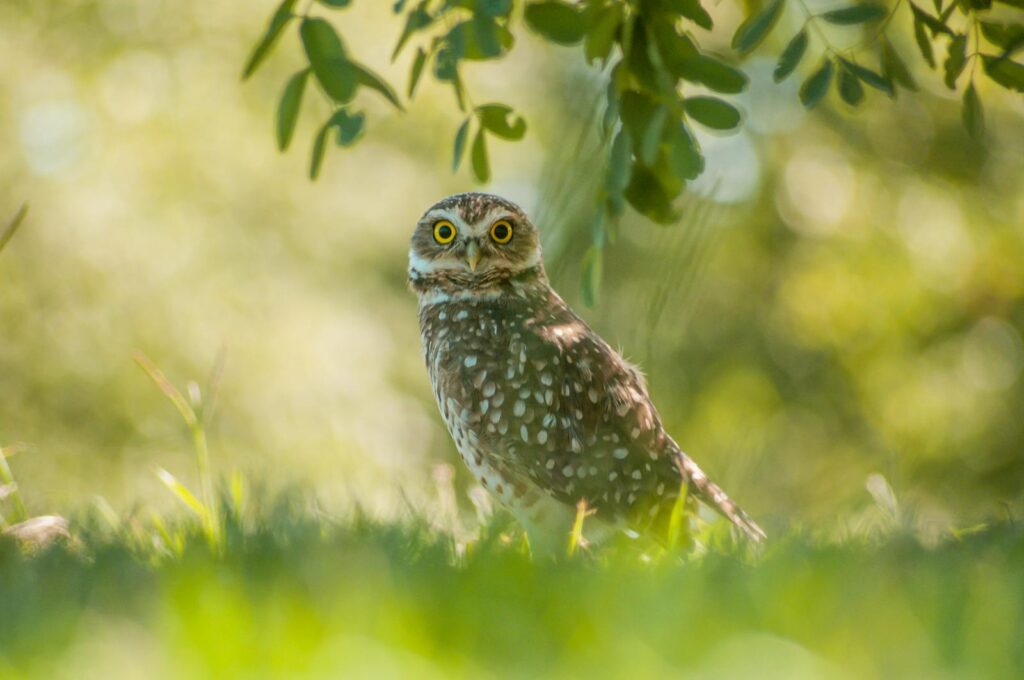
Owls have inhabited Earth for at least 60 million years, with fossil records showing they’ve maintained much of their distinctive appearance throughout this vast timespan. Their evolutionary journey has produced over 200 species spread across every continent except Antarctica, ranging from the tiny Elf Owl weighing just 40 grams to the imposing Blakiston’s Fish Owl that can exceed 4.5 kilograms. This remarkable diversity reflects the adaptability of the owl’s specialized hunting design, which has allowed them to occupy ecological niches from desert landscapes to dense rainforests. What makes their success particularly impressive is how owls have evolved similar adaptations independently across different lineages, demonstrating the effectiveness of their fundamental blueprint for nocturnal predation.
Masters of Silent Flight
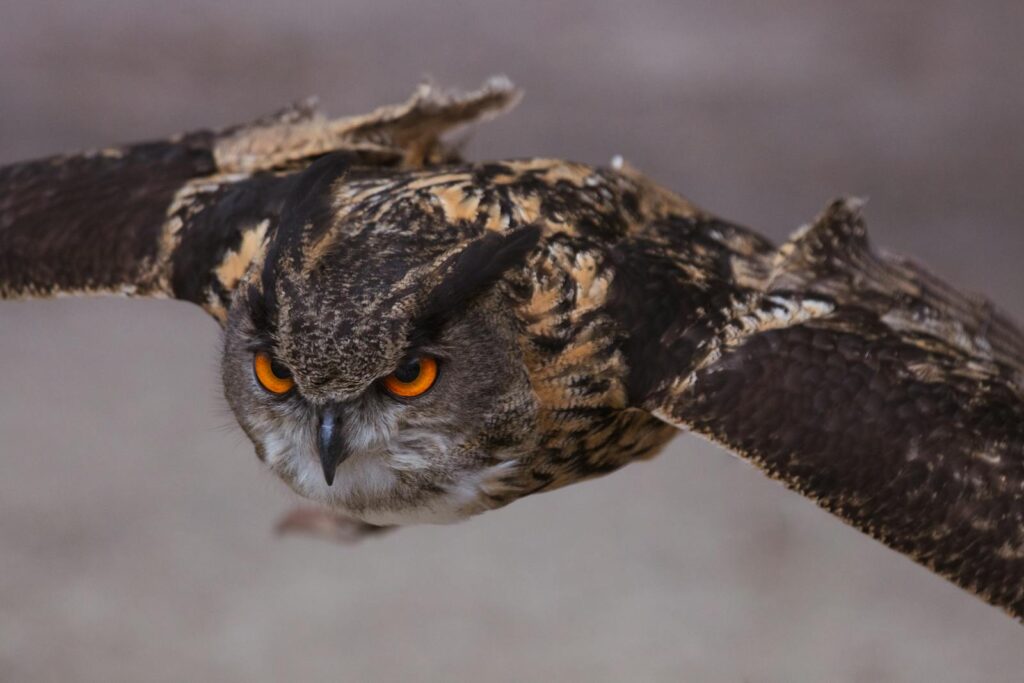
The owl’s ability to fly in near-complete silence represents one of their most extraordinary adaptations, setting them apart from virtually all other birds. This silent approach allows them to detect prey without being detected themselves—a critical advantage when hunting sensitive-eared mammals like mice and voles. The secret lies in their specialized feathers: the leading edge of their primary wing feathers features a comb-like fringe that breaks up air turbulence, while a soft, velvety surface on their wings and legs absorbs sound. Additionally, their broad wings relative to their body weight allow for slow, controlled flight without the noisy flapping other birds require. Scientists studying this silent flight mechanism have even applied these principles to design quieter wind turbines, airplane wings, and fan blades.
The Remarkable Owl Vision
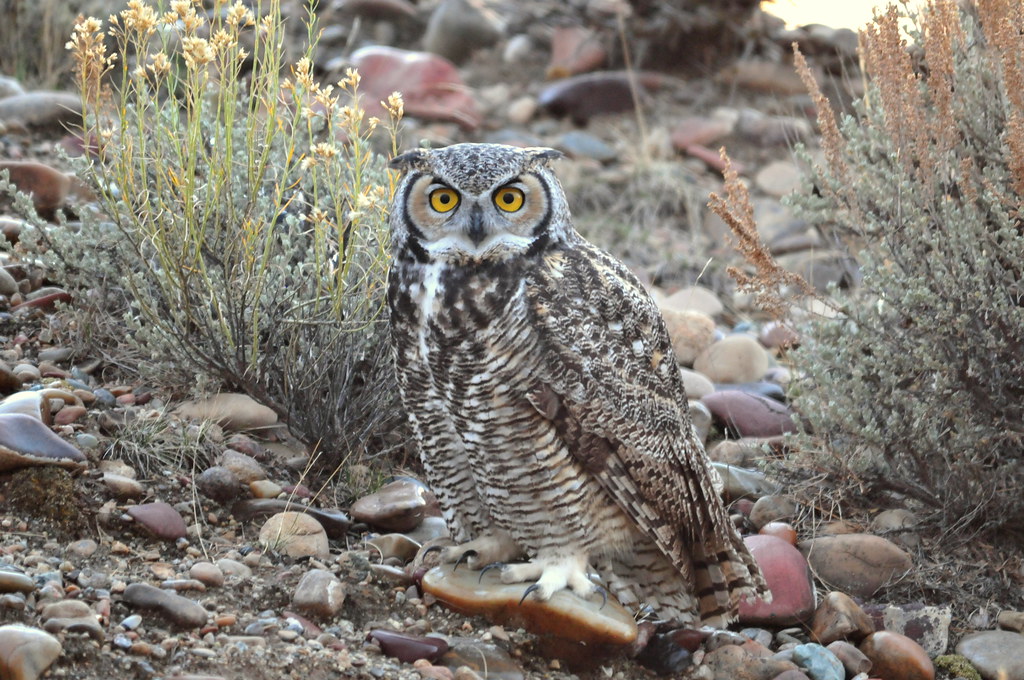
An owl’s visual system represents one of the most specialized in the animal kingdom, optimized for detecting movement in low-light conditions. Their enormous eyes are fixed in their sockets and can occupy up to 5% of their total body weight—proportionally, this would be like humans having eyes the size of grapefruits. This immense visual apparatus contains an extraordinary concentration of rod cells, the photoreceptors responsible for night vision, allowing some owl species to see up to 100 times better than humans in near-darkness. Their forward-facing eyes provide binocular vision with exceptional depth perception, critical for accurately judging the distance to prey when swooping in for a kill. To compensate for their fixed eyes, owls have evolved the ability to rotate their heads up to 270 degrees, giving them an almost supernatural ability to observe their surroundings without moving their bodies.
Hearing That Pinpoints Prey
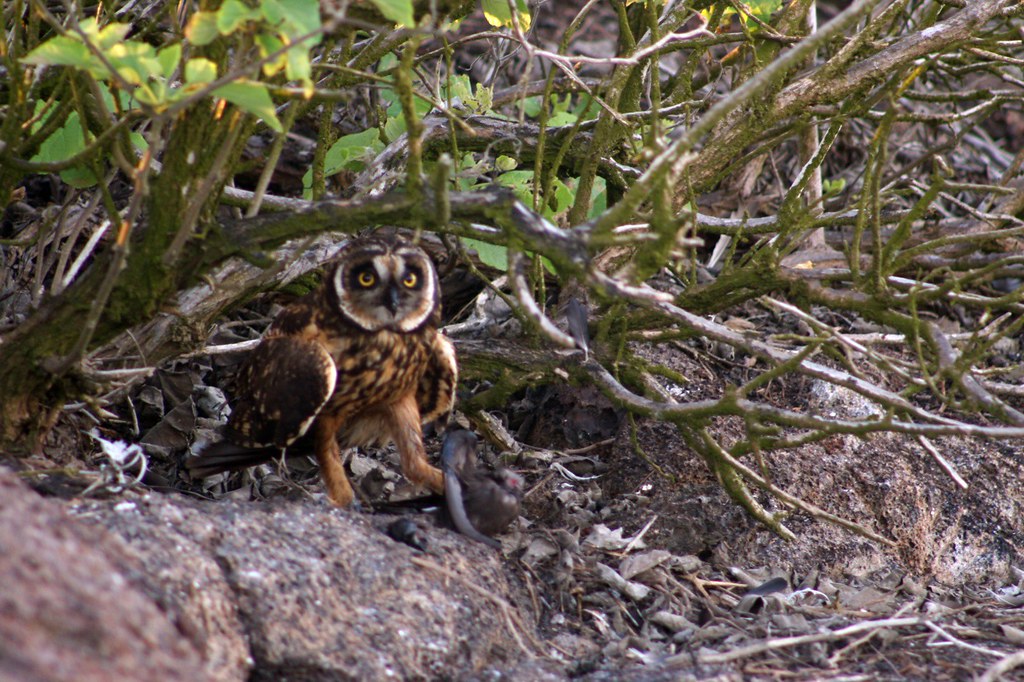
The auditory capabilities of owls represent perhaps their most impressive hunting adaptation, with some species able to capture prey in complete darkness using hearing alone. Many owl species possess asymmetrically positioned ear openings—with one ear higher than the other—creating minute differences in sound arrival time that the owl’s specialized brain can interpret as precise location information. This remarkable adaptation allows them to triangulate the exact position of prey, even when it’s hidden under snow or vegetation. The distinctive facial disc that gives owls their characteristic appearance actually functions as a sophisticated sound-gathering apparatus, channeling sound waves toward their ear openings like a satellite dish. Barn owls, masters of acoustic hunting, can detect and precisely locate a mouse rustling in leaves from over 75 feet away in complete darkness.
The Art of the Hunt
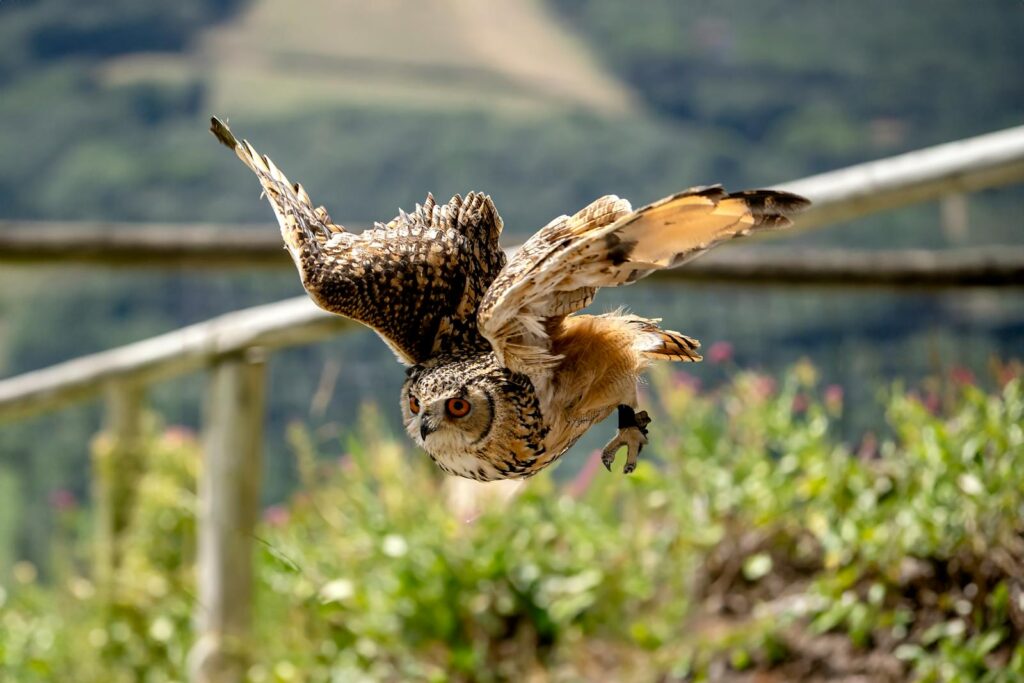
Owl hunting behavior represents a masterclass in patient, strategic predation, combining their sensory advantages with physical power. Most species employ a “sit-and-wait” hunting strategy, perching silently in an elevated position while scanning and listening for prey movement below. When potential prey is detected, the owl launches into action with surprising speed, diving toward its target with lethal precision. Their specialized feet feature powerful talons that can exert tremendous crushing force—up to 500 pounds per square inch in larger species—instantly immobilizing prey upon impact. Unlike many predatory birds, owls typically swallow smaller prey whole, later regurgitating the indigestible parts (bones, fur, feathers) as compact pellets that provide researchers valuable insights into their diets. The hunting efficiency of some owl species is remarkably high, with studies showing successful strikes on nearly 80% of hunting attempts under optimal conditions.
The Varied Diets of Different Owl Species
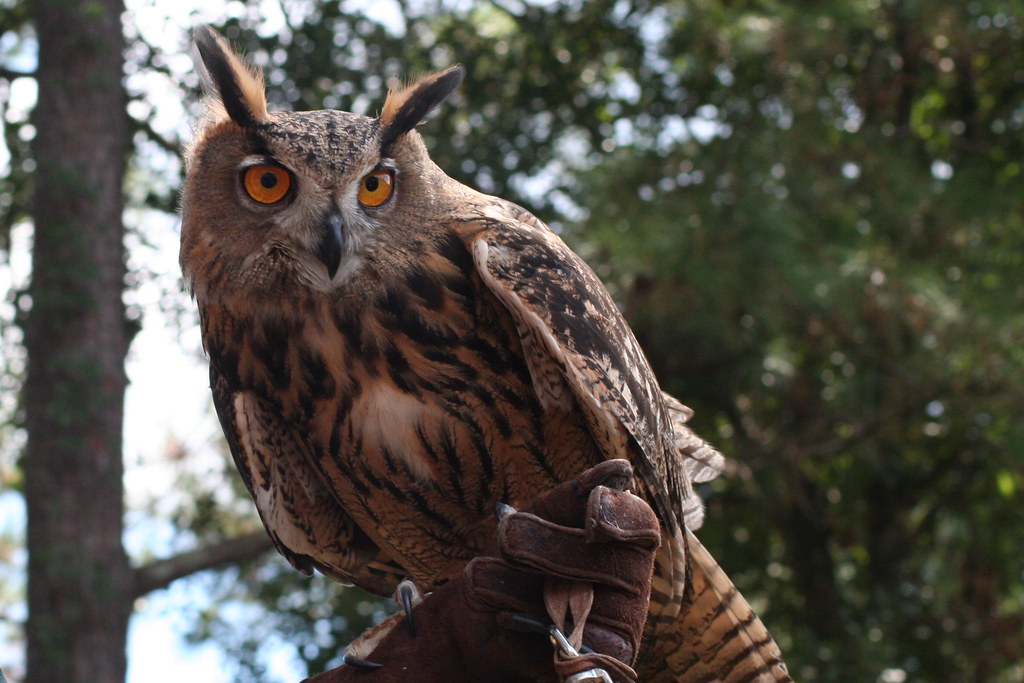
While mice and voles form the core diet of many owl species, the full spectrum of owl prey demonstrates their remarkable adaptability as predators. The massive Eurasian Eagle-Owl hunts animals as large as foxes and young deer, while the fishing owls of Asia have specialized talons for plucking fish from water surfaces. The Burrowing Owl of the Americas supplements its diet with insects and even fruits during certain seasons, demonstrating unexpected dietary flexibility. Some forest-dwelling species like the Northern Saw-whet Owl have developed specializations for hunting small birds, with tactics including attacking sleeping songbirds at night. This dietary diversity explains why owls have successfully colonized so many habitats worldwide, as they can adapt their hunting strategies to whatever prey is locally abundant.
Nesting Behaviors and Habitat Selection
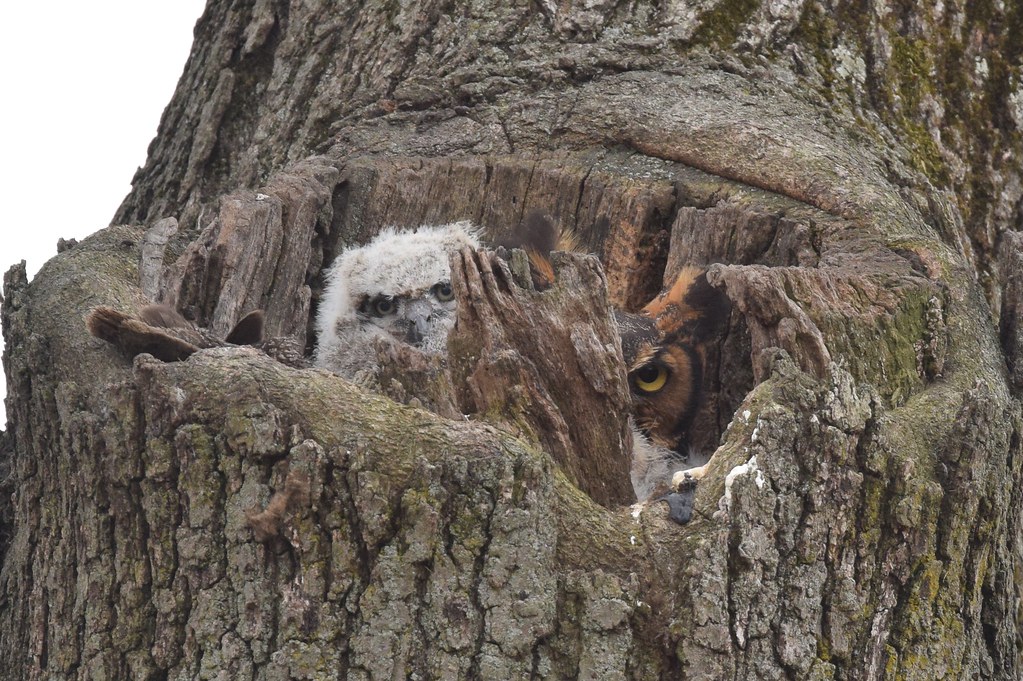
Unlike many birds that construct elaborate nests, most owl species are opportunistic nesters that repurpose existing cavities or the abandoned nests of other birds. Tree hollows represent prime real estate for many woodland owl species, offering protection from predators and weather while providing a secure platform for raising young. Some species, like the Great Gray Owl, may use broken-topped trees or old hawk nests, while others, such as Snowy Owls, create simple scrapes on the ground in their treeless Arctic habitat. The Little Owl often nests in human structures like barns and ruins, while the distinctive Burrowing Owl lives up to its name by nesting underground in abandoned prairie dog or tortoise burrows. This flexibility in nesting location, combined with fierce defense of their chosen site, allows owls to reproduce successfully across a remarkable range of environments.
The Owl Reproductive Cycle
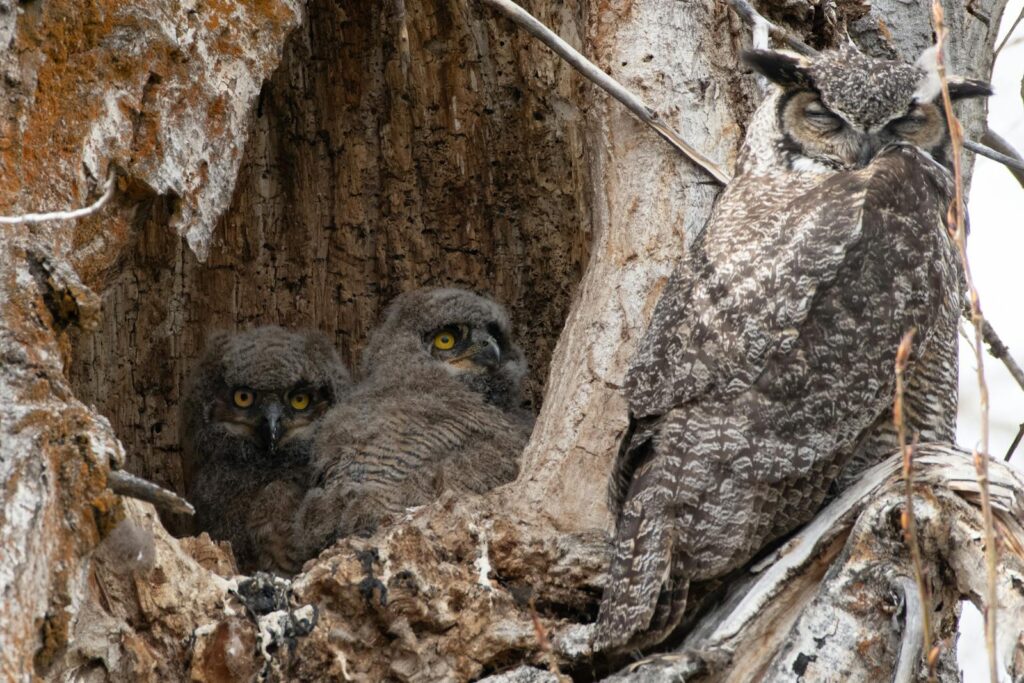
The breeding biology of owls follows a carefully timed sequence that maximizes offspring survival in their respective habitats. Most species are seasonally monogamous, with pairs forming bonds that last through a single breeding season, though some larger species like Great Horned Owls may maintain lifelong partnerships. Courtship typically involves distinct vocalizations, with males performing elaborate calling displays to attract females—the deep hooting many people associate with owls often represents these mating calls. After mating, females typically lay between 2-7 eggs (depending on species and food availability), which are deposited at intervals of 1-3 days rather than all at once. This strategy, called asynchronous hatching, creates a size hierarchy among siblings that functions as a form of natural brood reduction during food shortages—when prey is scarce, the smallest owlets may not survive, but this ensures the stronger siblings receive adequate nutrition.
Raising the Next Generation
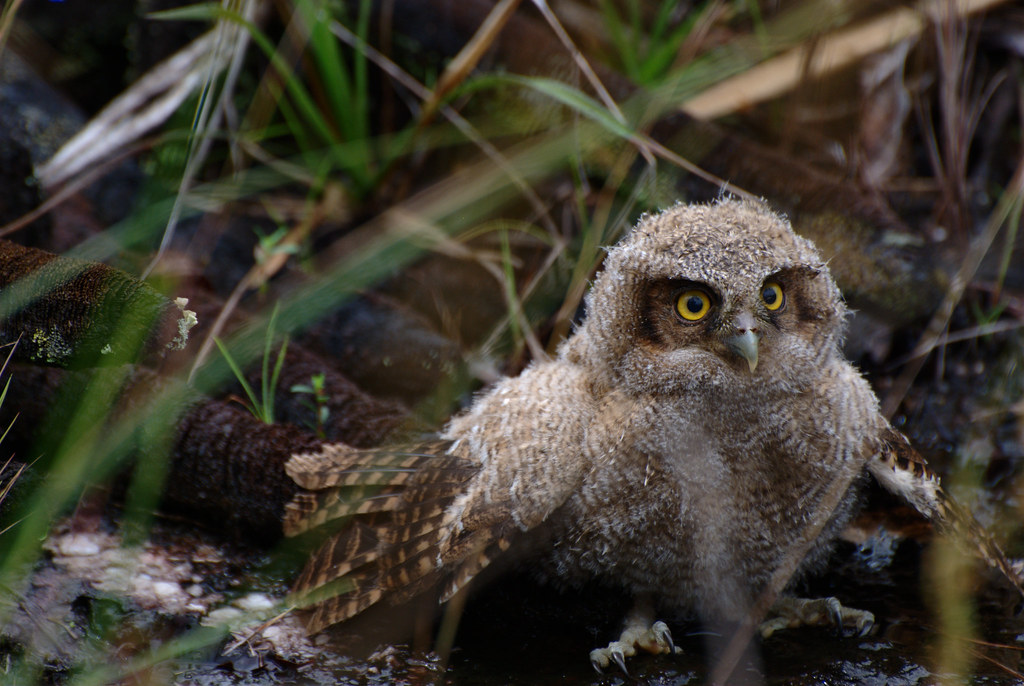
The division of parental responsibilities among owl pairs demonstrates remarkable coordination and specialization during the breeding season. Once eggs are laid, the female typically handles the majority of incubation duties, rarely leaving the nest during the 28-35 day incubation period while the male provides her with food. After hatching, young owlets develop at different rates depending on species—barn owl chicks can fledge in as little as 50-55 days, while larger species like Great Horned Owls may take 70-80 days to reach fledging age. The juvenile period represents one of the most vulnerable times in an owl’s life, with mortality rates sometimes exceeding 60% in the first year. Young owls must master complex hunting skills through observation and practice, gradually developing the coordination and strength needed to capture prey efficiently.
Communication in the Dark
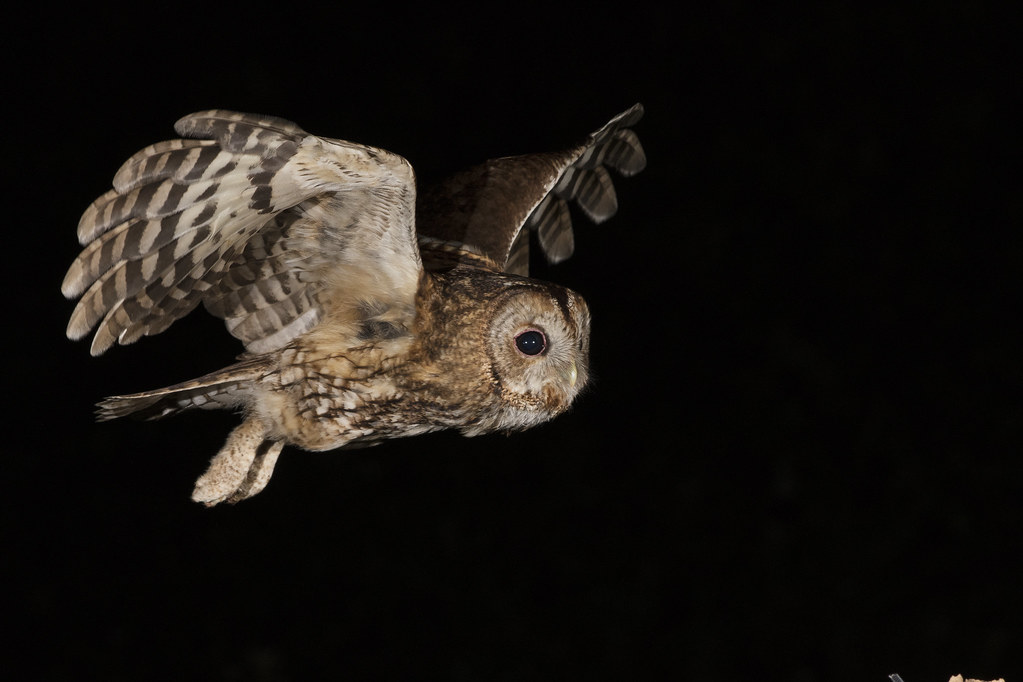
Owls possess a diverse vocal repertoire that serves multiple functions in their nocturnal lifestyle, with each species producing distinctive calls that prevent cross-species confusion. The classic “who-who” hooting pattern most people associate with owls typically belongs to larger species like the Great Horned Owl and functions primarily in territory defense and mate attraction. Beyond hooting, owls produce an impressive array of vocalizations including screams, barks, hisses, and bill-snapping that communicate different messages to mates, rivals, and predators. Many species show sexual dimorphism in their calls, with males generally producing deeper, more resonant vocalizations than females, allowing pairs to recognize each other in darkness. Young owlets make distinctive food-begging calls that help parents locate them during nighttime feeding, with these calls changing pitch and intensity as the chicks develop.
Territorial Behavior and Home Range
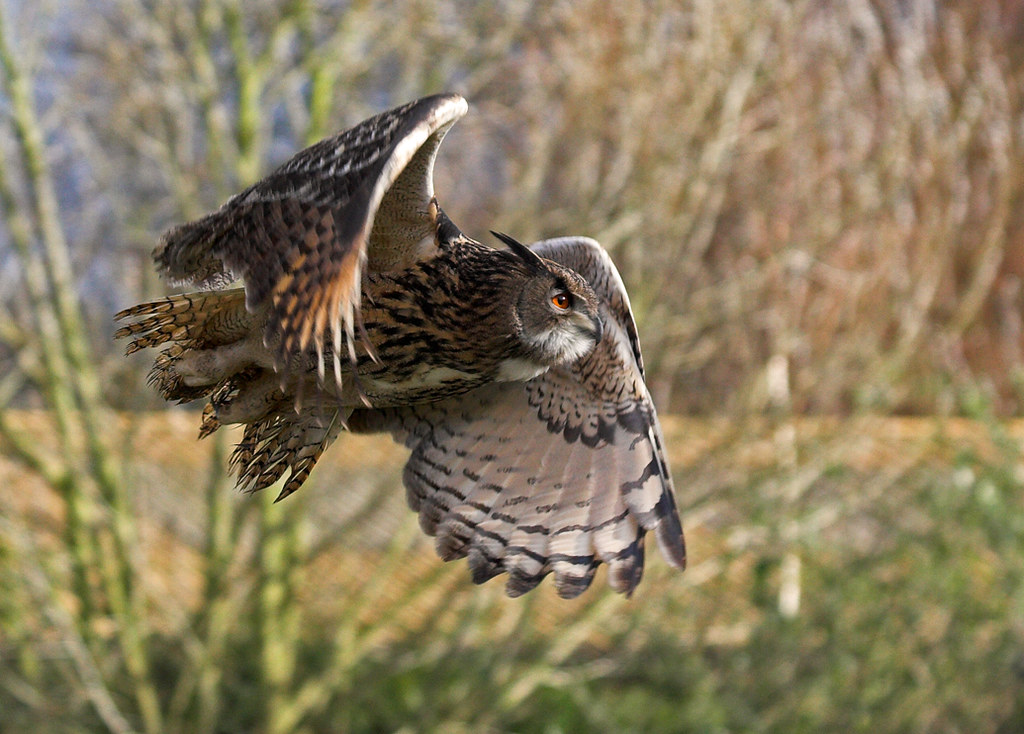
Owls demonstrate strong territorial behavior, with established pairs defending areas that contain sufficient hunting grounds and suitable nesting sites. Territory size varies dramatically between species and habitats, ranging from as little as 20 acres for small woodland owls to over 6,000 acres for large species in sparse northern forests. These territories are defended primarily through vocalizations, with physical confrontations between rival owls being relatively rare but potentially deadly when they do occur. Interestingly, the territories of different owl species can overlap significantly since they often target different prey or hunt during slightly different time periods, reducing direct competition. Some species, like Snowy Owls, may be nomadic rather than territorial, traveling great distances to follow fluctuating prey populations rather than defending fixed territories year-round.
Adaptations to Extreme Environments
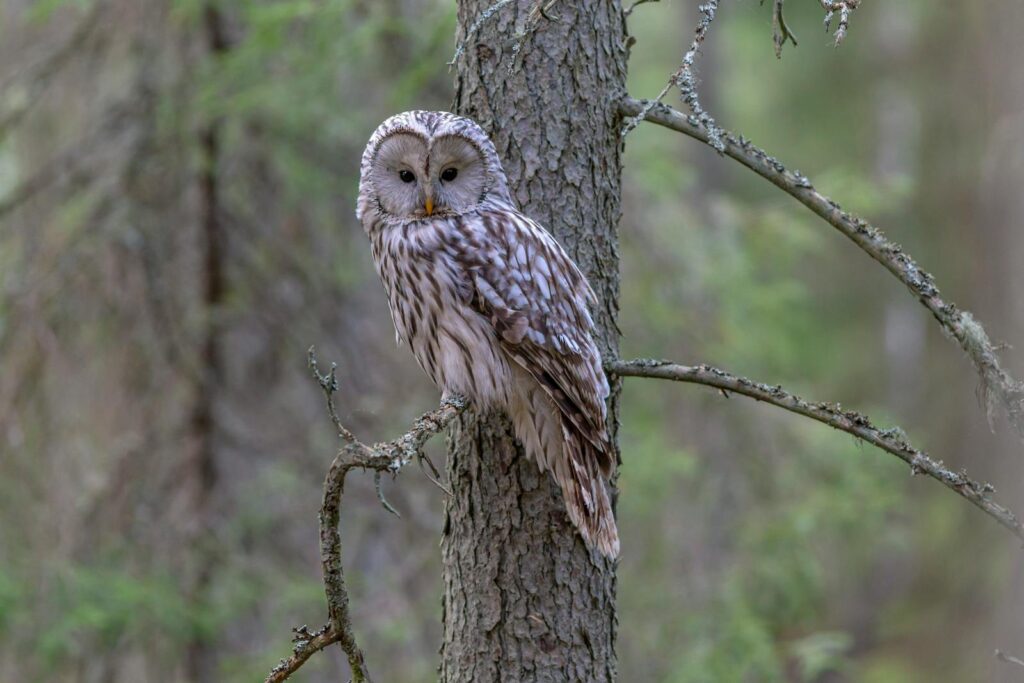
Owls have evolved remarkable physiological and behavioral adaptations to thrive in some of Earth’s most challenging environments, from frigid Arctic regions to scorching deserts. The Snowy Owl survives brutal polar conditions with dense feathering that extends to cover their legs and feet, providing insulation against temperatures that can plunge below -40°F. Desert-dwelling species like the Elf Owl have developed specialized water conservation mechanisms, obtaining most of their moisture from their prey while sheltering in cool cactus cavities during the day to avoid dehydration. Owls in tropical rainforests often possess shorter wings and tails that allow for greater maneuverability when hunting in dense vegetation, while those in open grasslands typically have longer wings optimized for covering greater distances. These diverse adaptations showcase the remarkable evolutionary plasticity that has allowed owls to colonize virtually every terrestrial habitat on Earth.
The Challenges Facing Owls Today
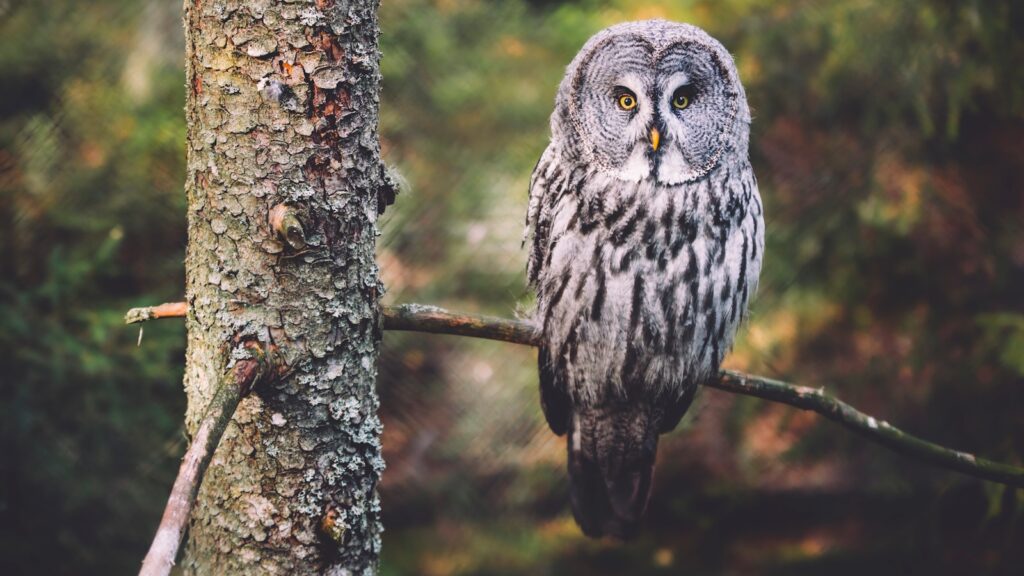
Despite their remarkable adaptations, many owl species face significant threats in the modern world, with habitat loss representing the most serious challenge to their survival. Deforestation removes both hunting grounds and nesting sites, while agricultural intensification eliminates the diverse field margins and hedgerows where many prey species thrive. Rodenticide poisoning presents another insidious threat, as owls consuming poisoned rodents can suffer secondary poisoning that leads to internal bleeding and death. Light pollution disrupts natural hunting behaviors by altering prey activity patterns and interfering with the darkness owls rely on for hunting advantage. Additionally, vehicle collisions take a significant toll on owl populations, particularly species that hunt along roadside verges where rodent populations are often high. Conservation efforts focusing on habitat preservation, reduced pesticide use, and public education offer the best hope for ensuring these magnificent nocturnal hunters continue to thrive.
Owls in Human Culture and Mythology
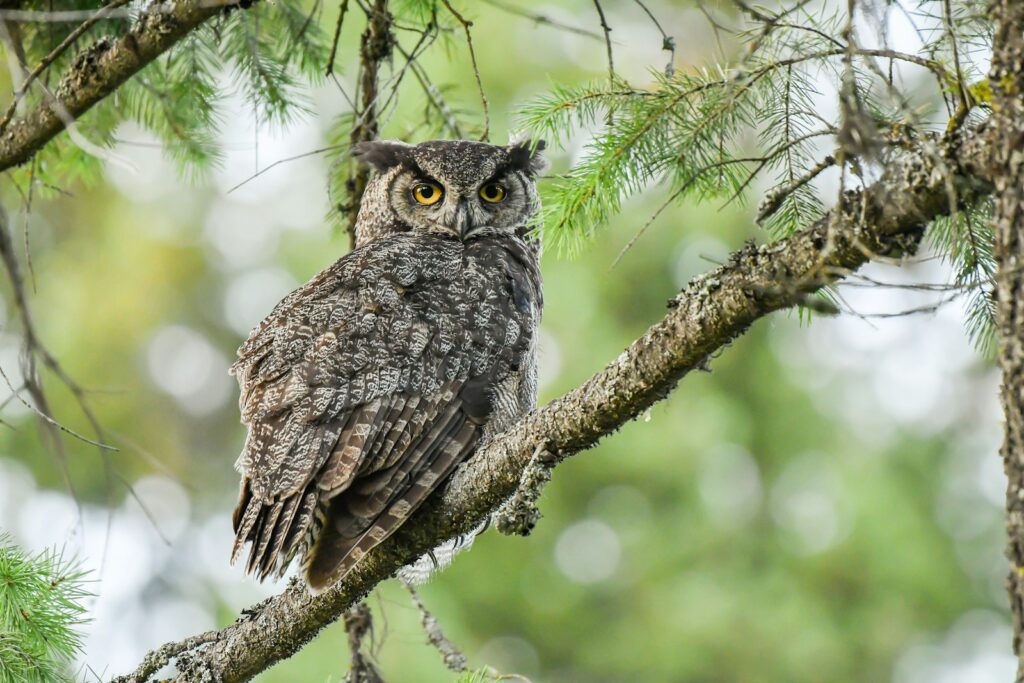
Few bird groups have featured as prominently in human mythology and symbolism as owls, though interpretations of their significance vary dramatically across cultures. In Western traditions, owls often symbolize wisdom and knowledge, a connection dating back to their association with Athena, the Greek goddess of wisdom. Contrast this with many African and some Native American traditions, where owls frequently appear as harbingers of death or bad omens, their nocturnal habits and eerie calls inspiring fear rather than admiration. In Japanese culture, owls (particularly the Horned Owl) represent good fortune and protection from suffering, while in parts of India, they’re associated with Lakshmi, the goddess of wealth. These cultural associations demonstrate how the owl’s distinctive characteristics—their silent movement, penetrating gaze, and nocturnal lifestyle—have captured human imagination across civilizations, making them one of the most symbolically significant bird groups in human cultural history.
The world of owls represents one of nature’s most fascinating evolutionary success stories. From their silent flight and extraordinary senses to their diverse hunting strategies and remarkable adaptability, these nocturnal hunters have perfected a lifestyle that has allowed them to thrive for millions of years. As we continue to learn more about their complex behaviors and ecological roles, our appreciation for these mysterious birds only deepens. By understanding and protecting owls and their habitats, we not only ensure the survival of these magnificent creatures but also preserve the intricate ecological relationships they maintain within their environments. In the silent, moonlit world of the owl, we find not just a predator perfectly adapted to darkness, but a living embodiment of nature’s ingenuity and endless capacity for specialization.
